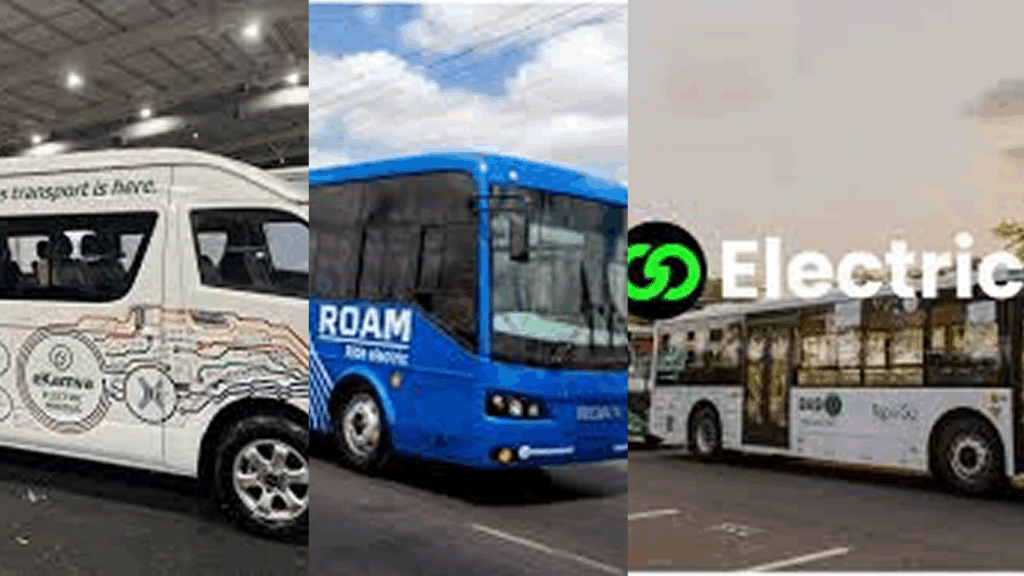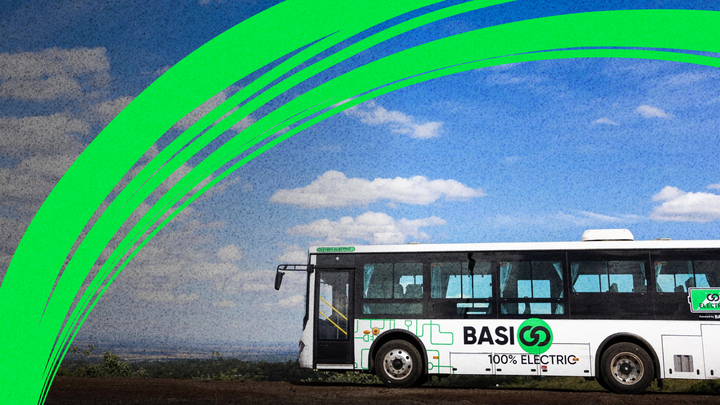Kenya’s electric vehicle (EV) ambitions just took a major leap forward. Basigo, the mobility startup pioneering electric public transport in East Africa, has launched its first fleet of fully electric matatus — the country’s iconic 14-seater minibuses. But while this signals a defining moment for sustainable transport in Nairobi, industry experts argue that the real race lies in who can scale EV transit across the continent.
Basigo’s new 14-seaters are being deployed through leasing partnerships with local l transport cooperatives (known in Kenya as saccos), and they mark a critical move beyond buses into the informal transport market, which carries over 70% of daily commuters in most African cities. But transforming the continent’s chaotic paratransit systems won’t just take new vehicles. It’ll demand new thinking about infrastructure, financing, and regulation.
“You can’t just rush to China, import a vehicle, and expect it to work here,” said Justin Coetzee, founder of South Africa-based GoMetro, a provider of electric mini-buses shared, during the Africa New Mobility Summit. “The real barrier is not the motor. It’s the local engineering, road conditions, driver behaviour, and regulatory pathways. And those vary wildly across cities.”

In Kenya, startups like Basigo and Roam—a startup which designs and assembles electric motorcycles and buses— are rapidly prototyping and financing electric fleets in collaboration with local transport cooperatives, national banks, and grid operators. Roam’s Sales Operations Manager, Habib Lukaya, emphasised their commitment to building EVs specifically designed for African roads, optimising off-peak charging, and supporting local operators with maintenance training.
“It’s not just a drivetrain switch,” Lukaya said. “We are redesigning business models, supporting charging hubs, and lowering financing barriers through leasing partnerships. Our goal is full commercialisation by next year.”
In contrast, South Africa faces structural bottlenecks rooted in apartheid-era spatial planning, fragmented taxi associations, and a heavily politicised minibus industry. According to Coetzee, attempts to replace the informal minibus system with government-run BRTs have been slow, often clashing with the reality that the taxi is already serving that route long before the bus contract is signed.
South Africa’s minibus taxi (privately owned 15-seater vans that operate like informal buses, but are called taxis in the region) industry remains unsubsidized but deeply embedded in the country’s mobility fabric, leading to “taxi wars” and an uneasy mix of formal regulation and informal control.
“The minibus taxi is Africa’s base compromise,” said Coetzee. “It can go long or short distances, stop anywhere, and carry an entire labour force. If you try to phase it out, cities grind to a halt.”
The problem of finance
Despite growing EV enthusiasm, access to finance remains the biggest hurdle. Both Roam and GoMetro emphasised that even with the appetite for EVs, financial institutions remain hesitant to fund vehicles perceived as risky or unfamiliar.
Roam is piloting leasing models with banks and saccos to offer EVs without upfront costs, starting with electric buses and motorcycles. Meanwhile, GoMetro is working to bring certified electric minibuses to South Africa’s roads after navigating a labyrinth of rollover, brake, and emission tests.
“We’ve been saying ‘a few weeks away’ for years,” Coetzee joked. “But we’re finally close. And once it’s certified, we’ll have African EV solutions for African realities.”
A call to action
Perhaps the most pointed takeaway from the summit was a collective call for action. The panellists urged governments, state-owned enterprises, and corporate fleets to stop drafting strategies and start placing orders.
“We need fewer PowerPoints and more procurement,” said Coetzee. “No more roadmaps. No more vision documents. We need electric vehicles in airports, in government fleets, in city streets. The technology is ready, but without buyers, the revolution stalls.”
He challenged African corporates to adopt the same ESG urgency toward clean transport as they do for sustainability reporting.
“If your logistics partner has no EVs, ask why. If your city has no electric buses, ask why. We have the suppliers. Let’s build the demand.”
Get passive updates on African tech & startups
View and choose the stories to interact with on our WhatsApp Channel
Explore




